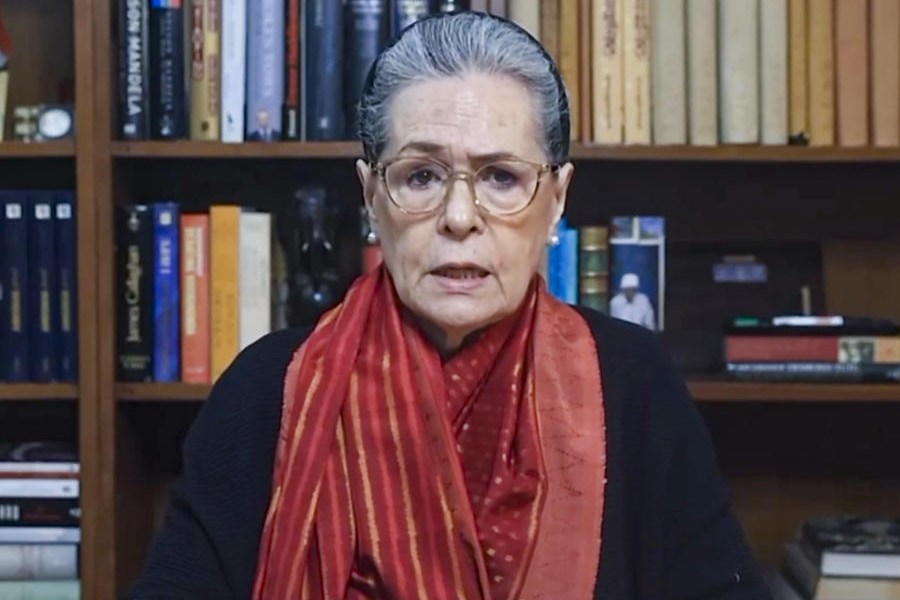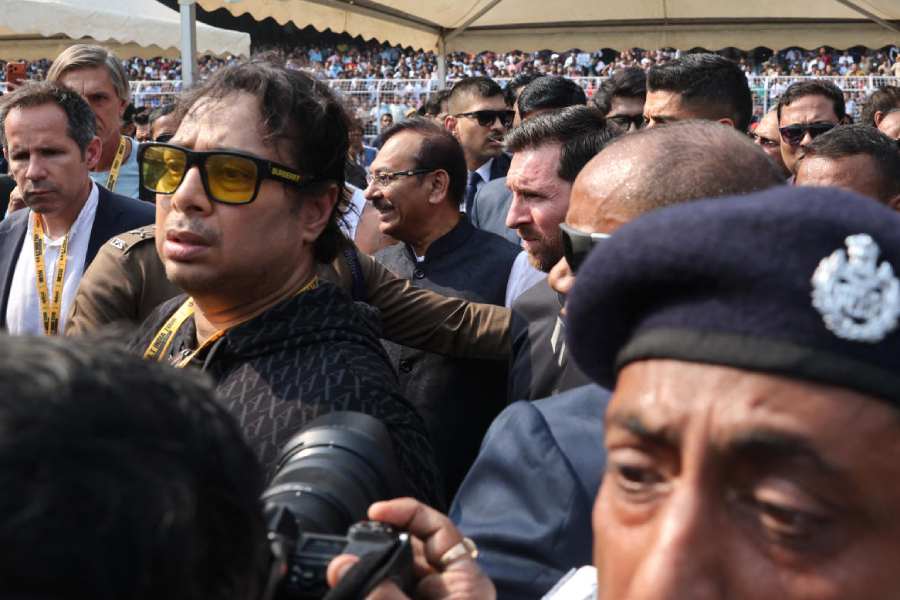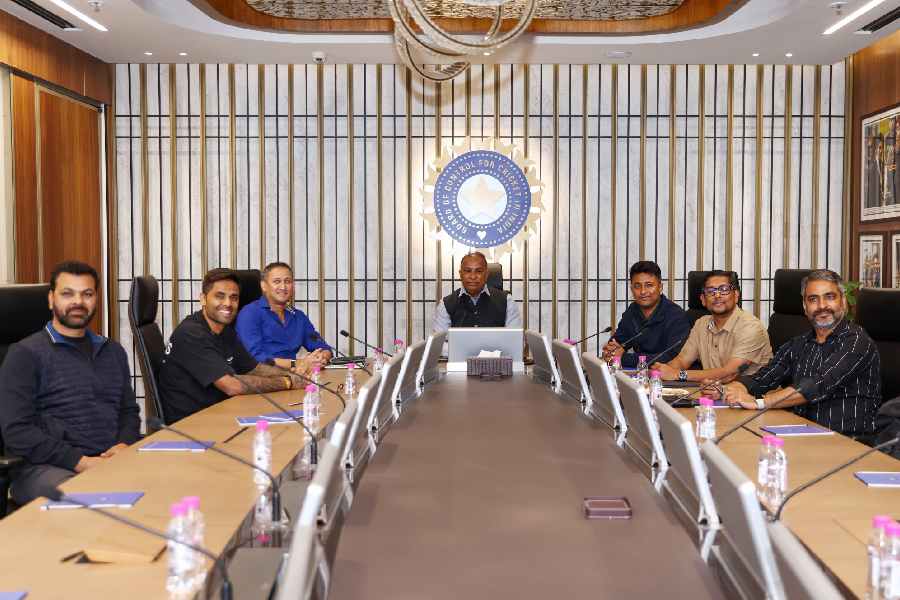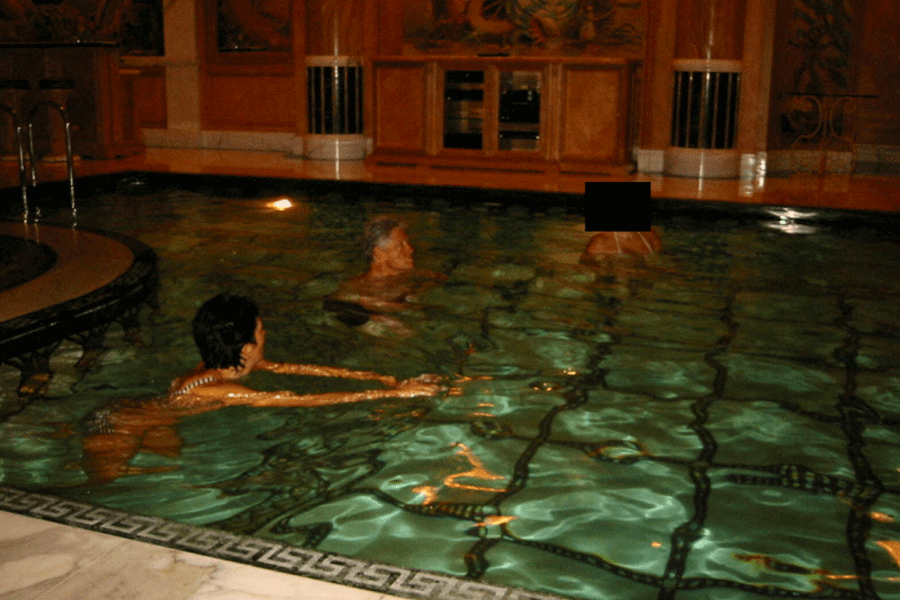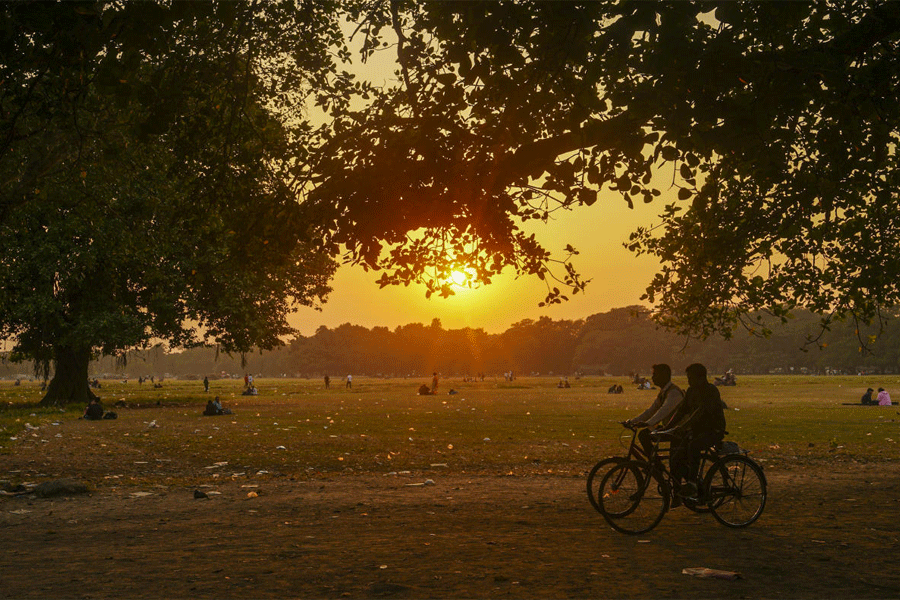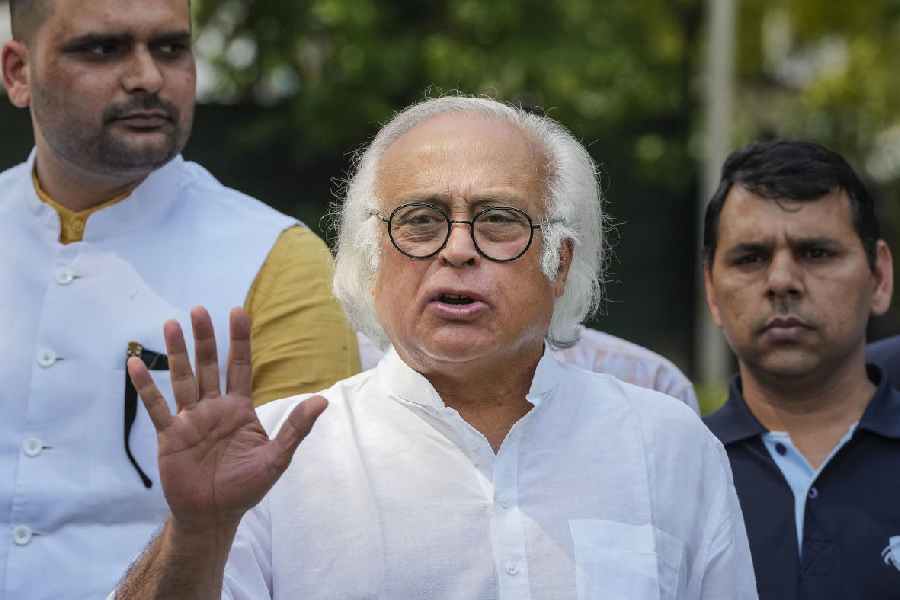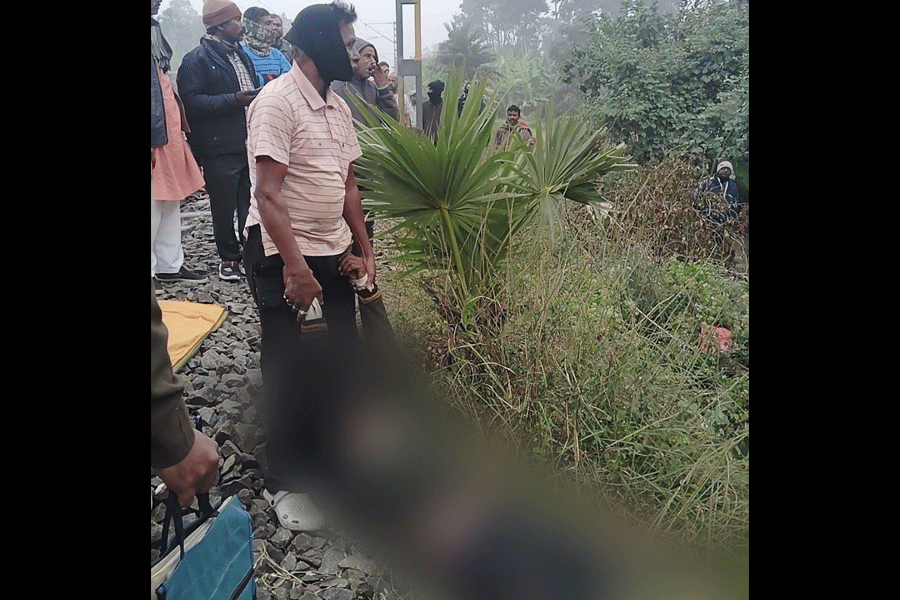 |
| Work by Mehreen Murtaza |
Think of shop windows overflowing with feminine fandangle and glinting with jewellery and you can easily visualise the fragile paper cut-outs of Anita Gopal now being displayed at Ganges art gallery. Gopal was trained as an artist in London, and she expresses with great precision and joy her fascination with the world of high fashion and the pure pleasure of window shopping.
She is no giddy-headed window shopper though, for like a highly-skilled tailor — as it is imperative for any couturier worth his salt to be — Gopal must have spent hours wielding a pair of scissors to cut and paste these slivers of paper either on canvas or paper. As a matter of fact, she has created what can loosely be called an installation with a chair and her workbox, the floor piled with glossies that are raw material for her often elaborate and frothy and sometimes simple creations of gossamer-thin paper clippings.
Gopal calls her style “fractism”, and to quote her, “after my discovery of repeating and reflecting patterns in nature which scientist Mandelbrot called fractals”. Gopal has a great sense of design and she can whip up the most exciting rhythms and replicated shapes seemingly almost out of nothing. Ganges art gallery is hosting Gopal’s works that defy labels.
 |
| Work by Anita Gopal |
Courting controversy is fine for artists but given the current political situation, one thinks twice before playing with fire. One shudders to think of the antagonism Mehreen Murtaza would have faced had she displayed her works in her country, Pakistan. For they involve the mammoth cube that is at the core of the Islamic faith.
The ideas of Mehreen, whose works are being exhibited at Experimenter on Hindusthan Road, are a strange mix of faith and science fiction that run counter to her feelings of defiance that give her work a feeling of impending doom and terror. Of course, doomsday is now and here itself as a giant red cube explodes over a vast expanse of water. The details that Mehreen has painstakingly depicted on this archival C-print mounted on Dibond aluminium panel (galleries religiously add these technical details in their handouts) instantly locate her works in this subcontinent — nowhere else would dhobis wash clothes in a tank, however large.
Mehreen makes constant references to contemporary events in Pakistan such as the lawyers’ movement and the socio-political-religious upheavals that our neighbour witnesses from time to time. Her smaller works in which she makes use of photographs remind one of miniatures and certain Renaissance paintings. But the suppressed feeling of fear is what haunts the viewer.


